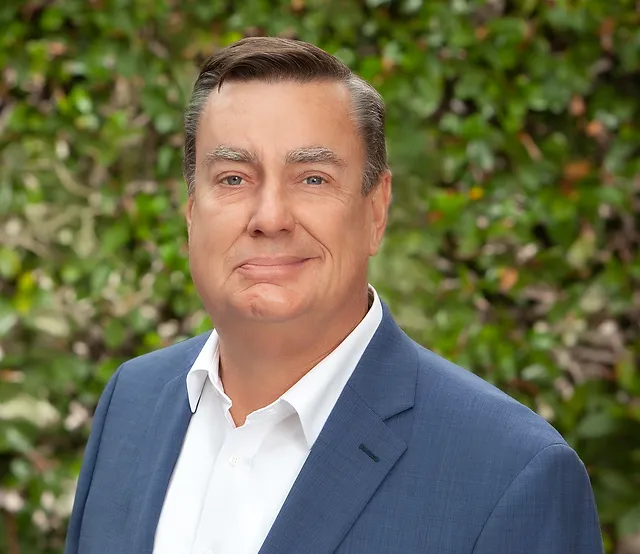Written by Jonathan Du Fault
California spent nearly $200 million dollars to set up, staff, and operate alternate care sights in the state. These sights ultimately provided little help during California’s biggest surge in cases.
This was a costly way to find out our health system is more flexible than originally thought at the beginning of the pandemic. The system, through innovation and desperation, was able grow enough to accommodate patients during a surge that saw over 20,000 hospitalizations and nearly 700 deaths per week.
“Definitely some hospitals, particularly in the Los Angeles area, were at the breaking point, but we did not see that much use of the alternate care sites relative to what was contemplated,” said Janet Coffman, a health policy professor at University of California, San Francisco. “As dire as the situation was in the winter, it could have been even worse.”
The goal was to add 66,000 new beds to be available for use as cases rose at an alarming rate. Governor Newsom ordered alternate care sites to be established in the Sleep Train Arena, the former home to the Sacramento Kings, and two state centers.
Ultimately, the state spent $43 million to set up 8 overflow locations, $48 million to hire contract employees, and $96 million to operate them under a scaled-back plan.
Normal hospitals were able to get past the worst of the pandemic with little use of the overflow care sites. This was in part because the state temporarily rolled back the nurse-to-patient ratio and a scramble to bring in more nurses and other outside workers.
When the temporary care site opened at the Sleep Train Arena in April of 2020, only 9 people were treated in a 10 week period.
The state wasted millions of dollars on these overflow care sites when they could have focused these funds into more useful areas. One such way would have been to hire more nurses and bring in more help to the hospitals. Instead of wasting resources and healthcare providers time at unused care sights, they could have been sent to hospitals where they could have been used to save people’s lives.




